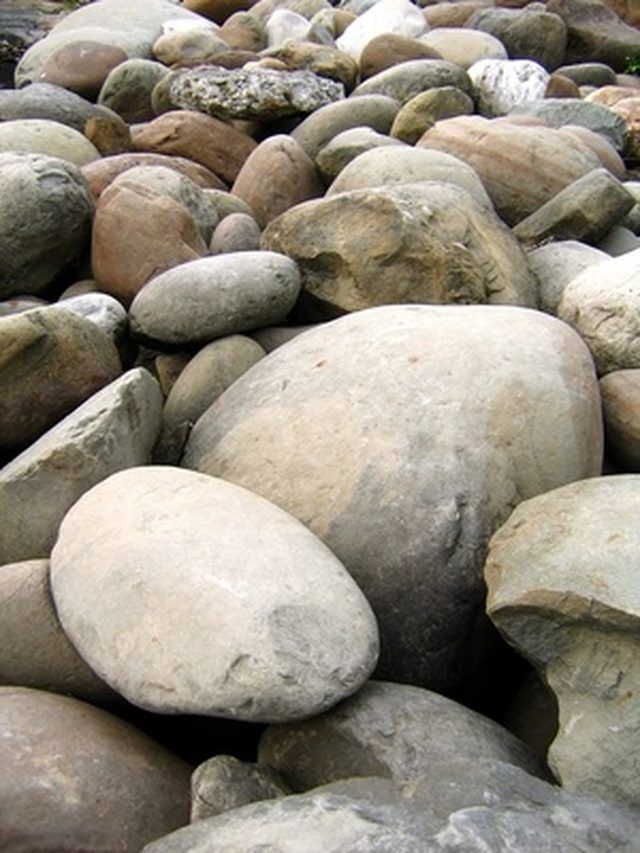Bulbs
Flower Basics
Flower Beds & Specialty Gardens
Flower Garden
Garden Furniture
Garden Gnomes
Garden Seeds
Garden Sheds
Garden Statues
Garden Tools & Supplies
Gardening Basics
Green & Organic
Groundcovers & Vines
Growing Annuals
Growing Basil
Growing Beans
Growing Berries
Growing Blueberries
Growing Cactus
Growing Corn
Growing Cotton
Growing Edibles
Growing Flowers
Growing Garlic
Growing Grapes
Growing Grass
Growing Herbs
Growing Jasmine
Growing Mint
Growing Mushrooms
Orchids
Growing Peanuts
Growing Perennials
Growing Plants
Growing Rosemary
Growing Roses
Growing Strawberries
Growing Sunflowers
Growing Thyme
Growing Tomatoes
Growing Tulips
Growing Vegetables
Herb Basics
Herb Garden
Indoor Growing
Landscaping Basics
Landscaping Patios
Landscaping Plants
Landscaping Shrubs
Landscaping Trees
Landscaping Walks & Pathways
Lawn Basics
Lawn Maintenance
Lawn Mowers
Lawn Ornaments
Lawn Planting
Lawn Tools
Outdoor Growing
Overall Landscape Planning
Pests, Weeds & Problems
Plant Basics
Rock Garden
Rose Garden
Shrubs
Soil
Specialty Gardens
Trees
Vegetable Garden
Yard Maintenance
How to Make Fake Rocks & Boulders
How to Make Fake Rocks & Boulders. Rocks and boulders can add interest to any landscape, garden or yard. Large boulders are expensive, heavy and difficult to move. Hypertufa boulders, composed of peat moss, perlite and portland cement, are much lighter and less expensive. They are easy to make with a few simple ingredients found at your local...

Rocks and boulders can add interest to any landscape, garden or yard. Large boulders are expensive, heavy and difficult to move. Hypertufa boulders, composed of peat moss, perlite and portland cement, are much lighter and less expensive. They are easy to make with a few simple ingredients found at your local building supply store. Before you begin, take a good look at real boulders and rocks, carefully examining their shapes and crevices. You'll want to replicate those natural markings.
Things You'll Need
30 lbs. portland cement
1.5 cubic feet perlite
1 cubic foot compressed peat moss
Wheelbarrow
Water
Hand trowel
Chicken wire
Plastic grocery bags
Black plastic sheeting
Large sea sponge
Concrete sealer
Paint brush
In a sheltered spot away from breezes, mix together portland cement, perlite and peat moss with the hand trowel in the wheelbarrow.
Add water, mixing with the hand trowel, until the mixture is damp but not crumbly.
Let the mixture rest for 10 minutes.
Push the chicken wire into a rock or boulder shape. Stuff plastic grocery bags in the chicken wire holes.
Use the hand trowel to begin applying hypertufa mixture to the chicken wire. Completely cover the chicken wire and use the trowel to make a realistic design. Use the sea sponge to add texture.
Cover the completed rock or boulder with black plastic sheeting and let the hypertufa cure in a sunny spot for two to four days. Check under the plastic several times a day and mist the entire hypertufa rock or boulder with water each time. When it is completely cured and firm, apply the concrete sealer with a paintbrush.
Tips & Warnings
Hypertufa has a high lime content, and boulders and rocks made with it should not be placed near bodies of water.